Cold-blooded animals that require heating lamps are jacking up the heating bill for the EcoVivarium in Escondido.
They are a nonprofit living museum that rescues reptiles, amphibians and arthropods. Most, if not all, of these animals, require electricity in one form or another for their enclosures.
“Now our (San Diego Gas & Electric) bill is $6,000 to $7,000 a month with the new rates," said Susan Nowicke, the founder of the EcoVivarium. "And we have that back balance ... due at the beginning of the year.”
That back balance is $36,000. The bill accumulated during the pandemic, when the lockdown shut its doors. No in-person visits were permitted and educational field trips slowly shifted to virtual ones.
But that didn't mean Nowicke could stop showing up.
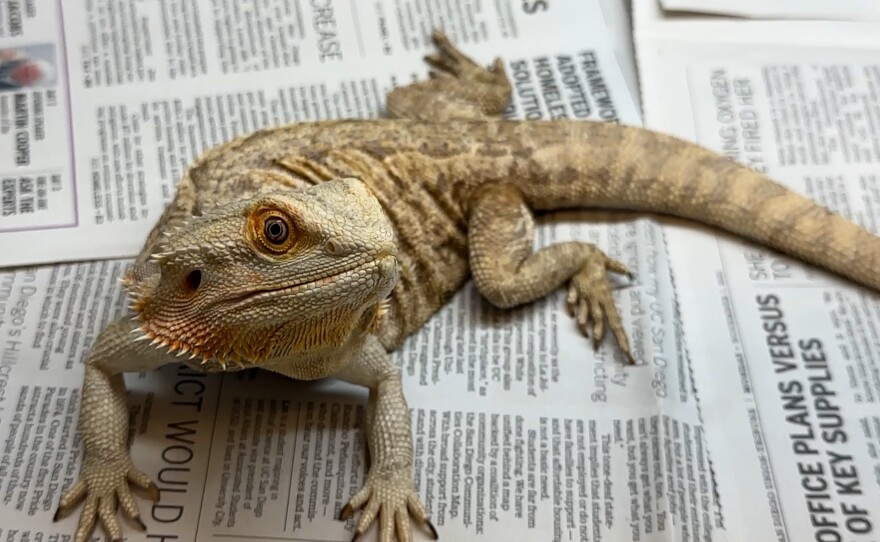
“When you have live animals, you can't turn down the heat and everything else and just go away," Nowicke said. "You have to keep coming in every day and taking care of the animals, and feeding them, and cleaning them and socializing them."
Nowicke says donations that helped sustain the EcoVivarium dropped by 80%. Relief grants she thought they’d get, got denied. And at the same time, more animals were being brought to the sanctuary.
“Because of what we work with, there is a bias against these animals and that does come into play sometimes. We ended up not seeing the grants we thought we would from some of those sources," she said.
"What we did get was a $69,000 (Economic Injury Disaster Loan) loan. That means we have to pay that back," Nowicke said.
She used the loan to pay her staff and feed her animals, but it didn’t leave much room for larger expenses — like her power bill.
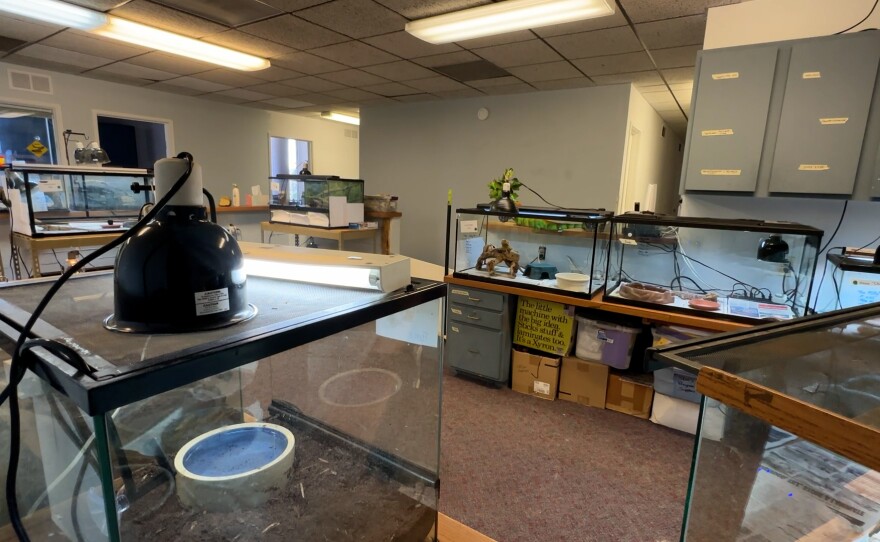
“During that time, the utilities couldn't shut off for non-payment and we let SDG&E know, 'We can't pay the bill. We’re doing everything we can to conserve but we can't pay the bill,'" Nowicke said.
Last month, SDG&E sent the EcoVivarium a notice to pay the balance or risk disconnection.
Nowicke feared this would be the last straw — but, because she kept talking with SDG&E, the company gave her a five-year payment plan.
“It's under $1,000 a month that we have to pay, but our electric bill is way up," Nowicke said. "Now we're looking at over $7,000 a month that we have to pay, which is double what we were paying.”
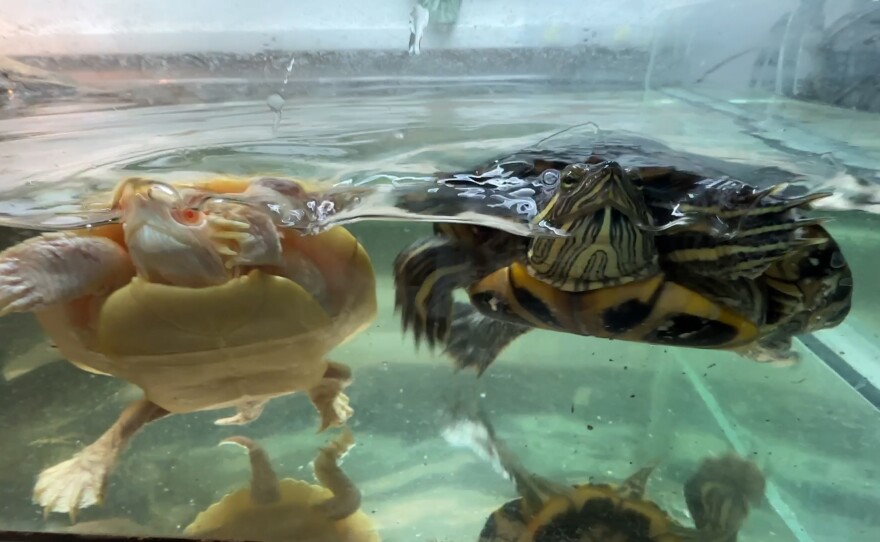
Nowicke said before rates went up, her bill used to run between two to three thousand dollars a month.
In a statement, SDG&E said it’s working continuously with customers and small businesses who are struggling to pay their past-due bills, and is committed to finding solutions.
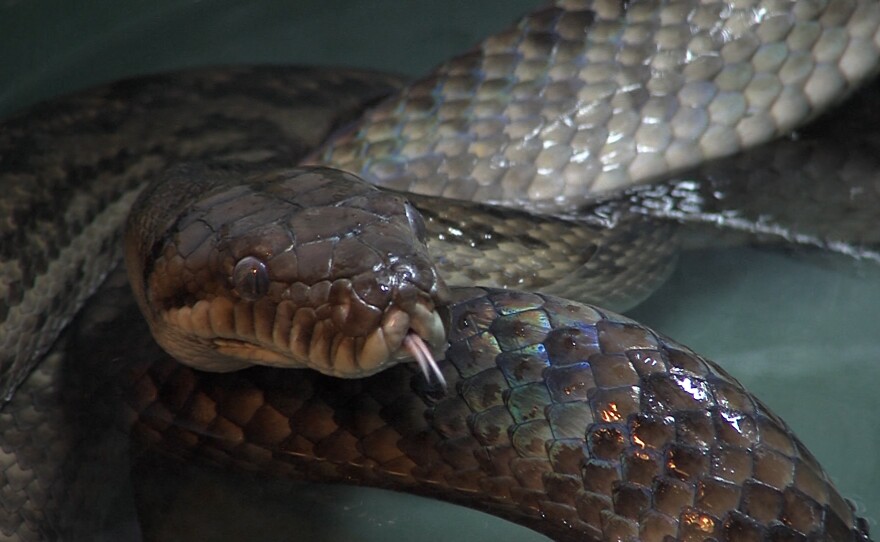
But power isn’t the only problem. Nowicke said other expenses are also on the rise, like food costs. "Some of the things have gone up 400%," she said. "And it's not like we can say, ‘Oh, we just won't buy that,’ because it's essential for the animals' survival. So we try to find cost-cutting measures where we can, but there’s only so much you can do.”
In an effort to save on electricity, they’re rotating heating lamps around the enclosures, but she says too many changes can sometimes backfire and end up costing more in vet bills.
To help with the outstanding balances and possibly get them into a better location, the EcoVivarium has set up a GoFundMe.
Right now, they are operating out of an old medical office building and using every inch of space in it.
“We would like every animal to have the maximum amount of space we can give, because many of them have been through horrific life stories and they don't deserve that for the rest of their life," Nowicke said.
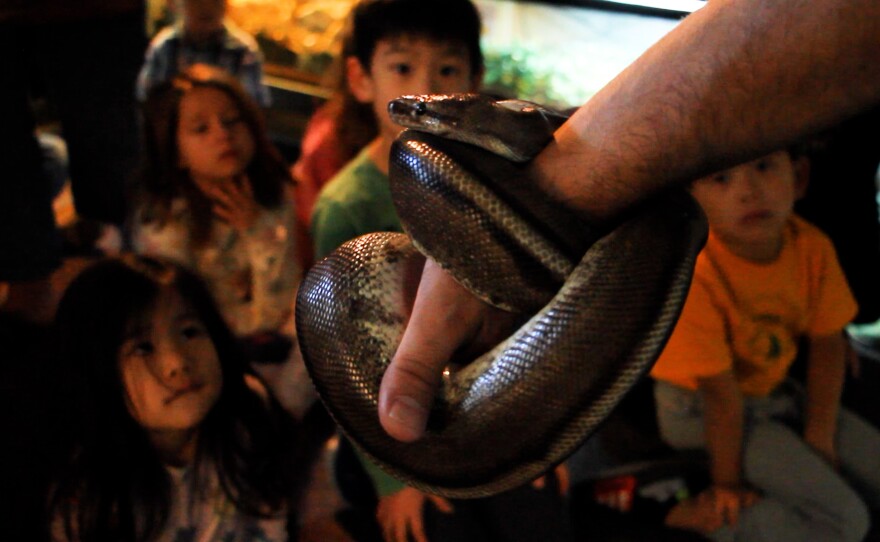
Nowicke thinks they’re keeping their promise of saving the animals and is now excited to get back to the educational promise the nonprofit set out to keep with the community. “Our goal is not only to save these amazing creatures but also to educate the public about them,” she said.
School field trips have started again, and the live museum once again has the faces of curious kids gazing in.
“With these animals, they have that cool factor, and so the kids get really excited about learning. If the teachers let them run with that, we can teach every single subject in school with these animals," Nowicke said.
Nowicke said seeing the kids' faces light up is what keeps her going.





